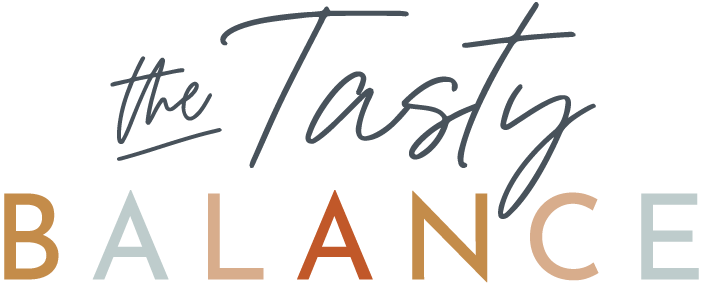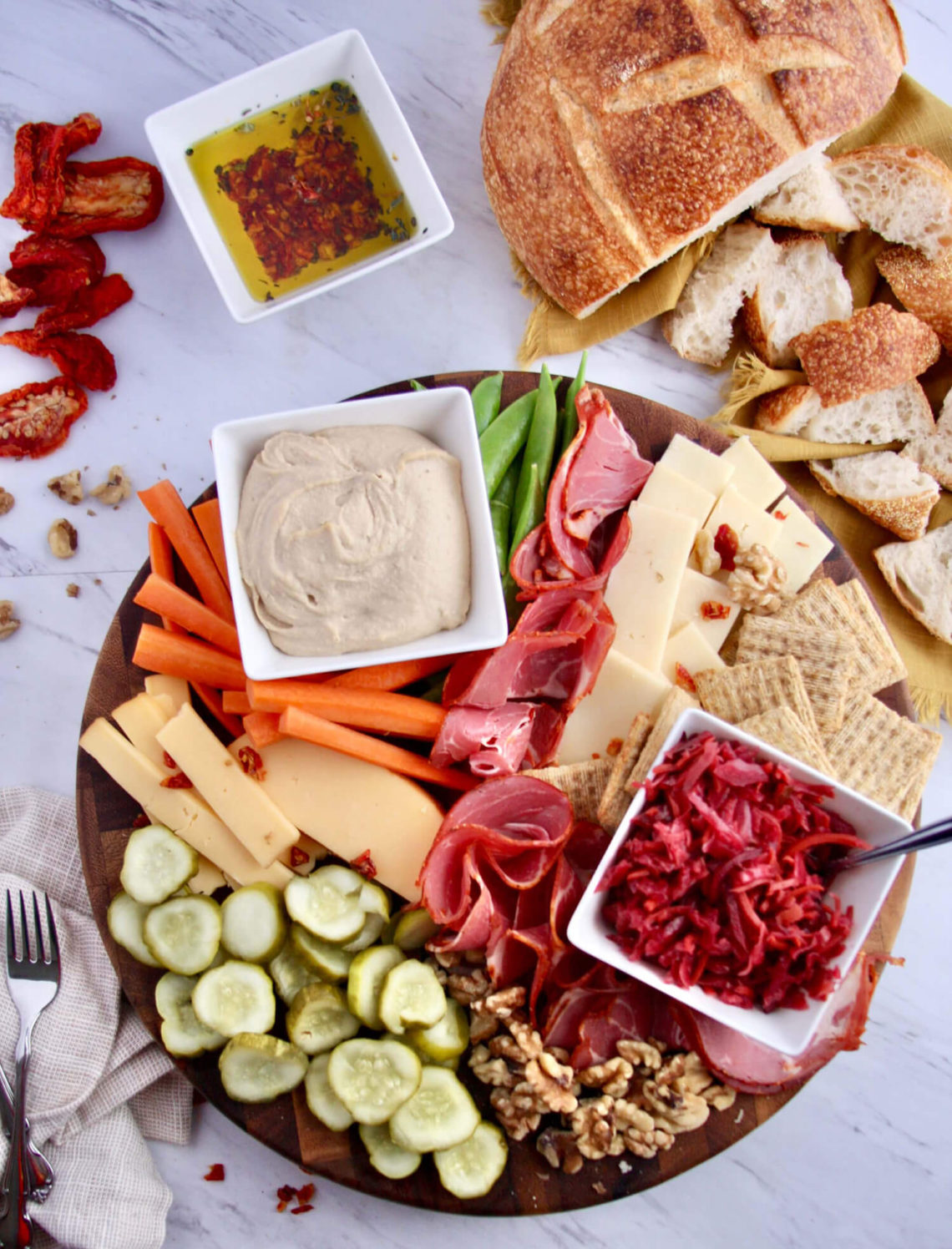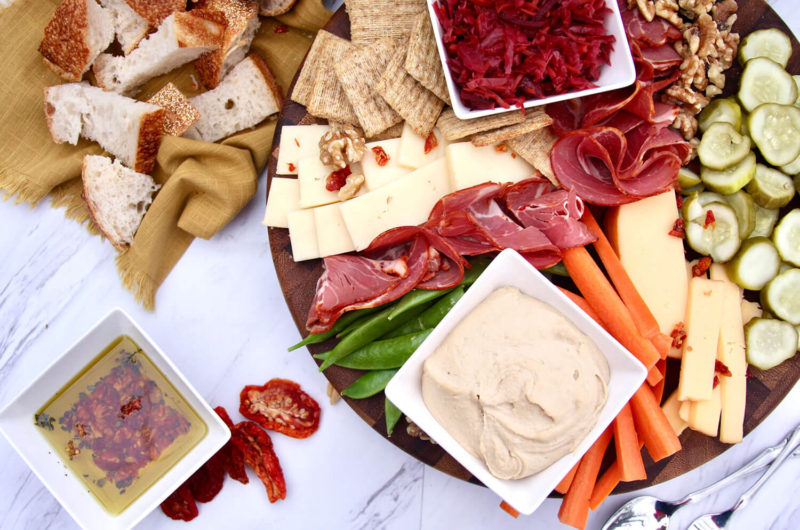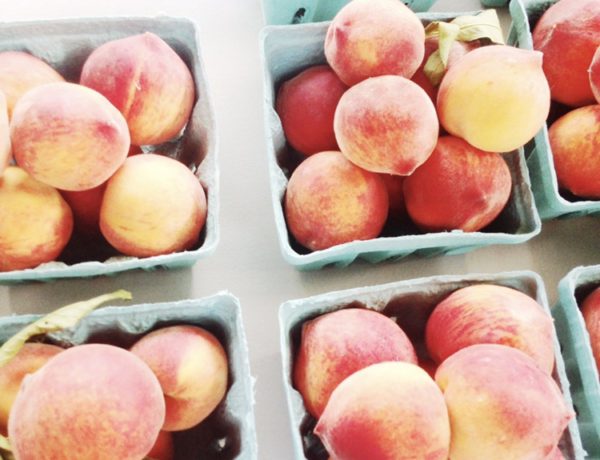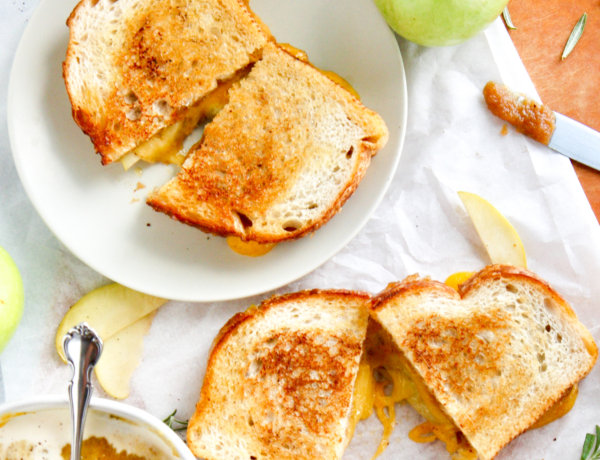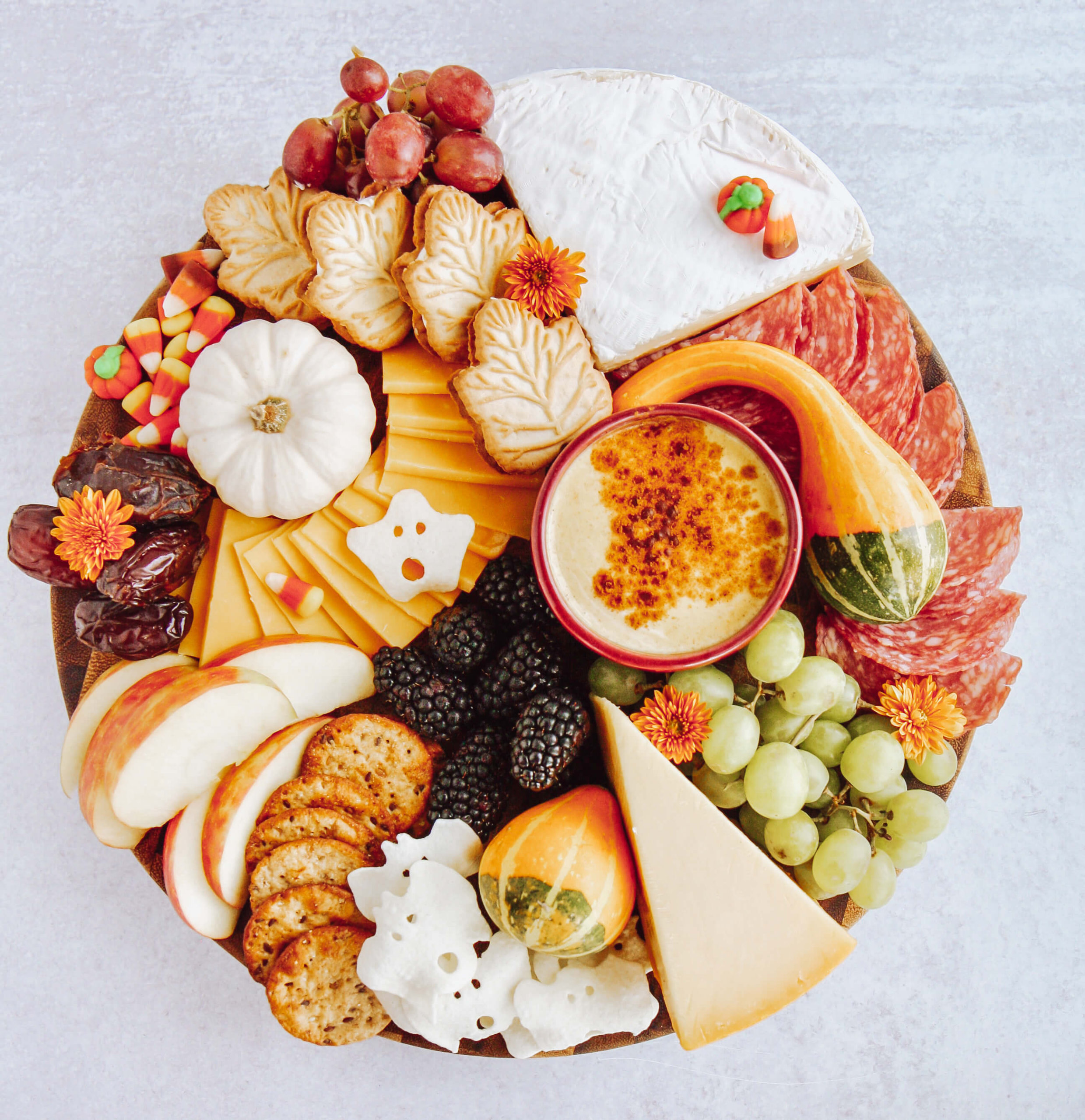I love a good charcuterie board. I mean cheese, meat, crackers of some sort, possibly fruit, and other delicious food to go along with it; sign me up. Perfect for a football game or a girl’s night (paired with some wine of course). This probiotic charcuterie board is a next step up from the basic cheese and meat board because it includes some great probiotic food sources to make your heart and gut happy.
Why eat foods rich in probiotics?
The gastrointestinal (GI) tract is embedded with millions of bacteria that live, grow, and metabolize in a complex system of both good and bad bacteria that make up what is known as the microbiome. The beneficial bacteria are referred to as probiotics. These helpful probiotics can help ensure good health, prevent diseases, improve your immune system, promote normal GI function, and help your mood. With all the good benefits these little guys can provide it’s important to have a diet rich in them.
Along with helping your gut, probiotics can help support mental health. The link is unclear but the gut-brain connection is an exploding area of research. One small study found that 64 percent of people with mild to moderate anxiety or depression who took a daily probiotic for six weeks had fewer depression symptoms during that time.
Good sources of foods with probiotics are yogurt, kefir, fermented foods, and kombucha. On this probiotic charcuterie board, I included fermented pickles and sauerkraut. I also added some good food sources of prebiotics (fermented dietary fibers that we cannot digest and help feed the good bacteria in your gut) carrots, sugar snap peas, and chickpeas in the hummus.
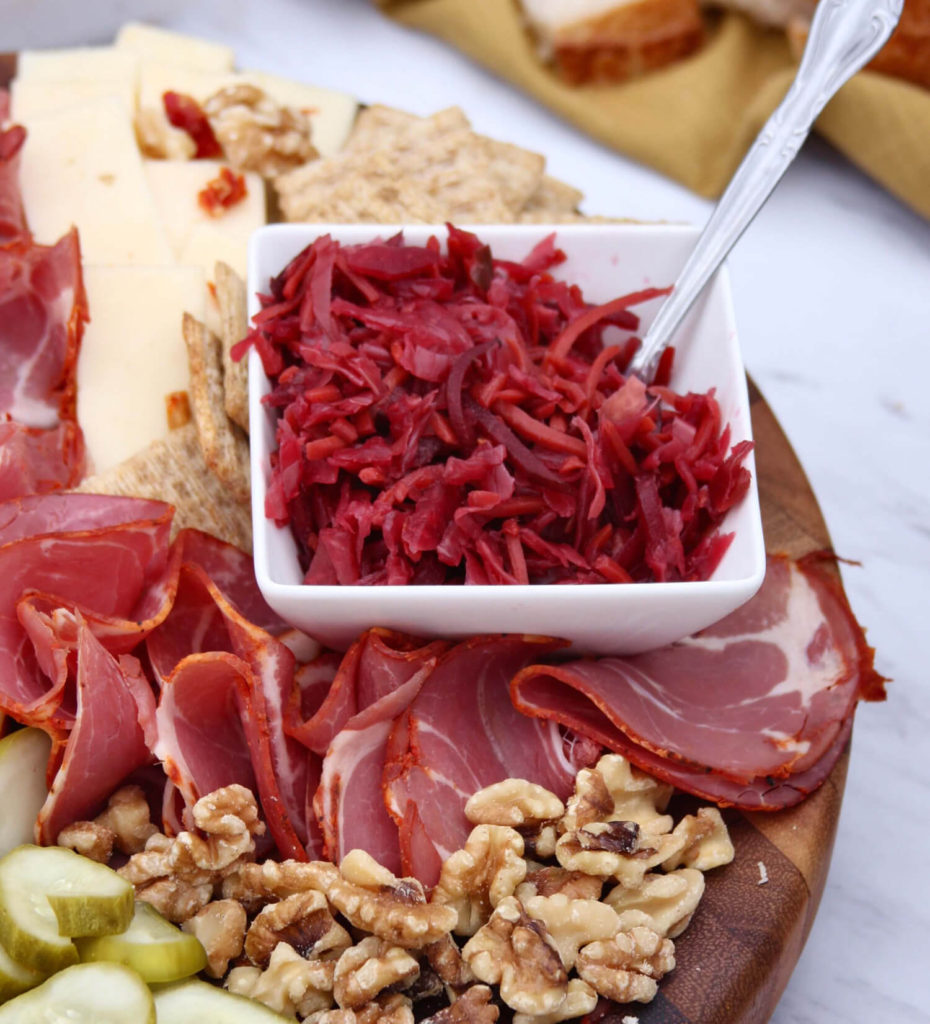
Best probiotic pickle brands
Look for the containers that are sold in the cooler section of your grocery store and not the shelf-stable variety. One brand of pickles that falls into this category is Bubbies. The shelf-stable variety of pickles are not fermented; thus they do not contain the beneficial bacteria.
Best fermented sauerkraut brands
We can’t talk about fermented foods without talking about sauerkraut! One study found 28 different strains of lactic acid bacteria present in commercially prepared sauerkraut so eat up. Similar to pickles, look for brands that are in the refrigerated section of the grocery store like Bubbies and Cleveland Kraut which has different flavors like whiskey dill and roasted garlic.
Other foods to help with gut health
Kimchi
A staple in Korean cuisine, kimchi is a lactic acid bacteria dominant food that can help with constipation, cholesterol reduction, and immune system strengthening. Cabbage and radish are the most common vegetables used and are often spiced with chili to give it a spicy kick.
Kefir
Kefir is a fermented milk beverage that is not unlike yogurt but with a thinner consistency. It’s perfect to add to smoothies and is also high in protein, vitamin D, and calcium. It is also low in lactose, meaning it is suitable for those that are lactose sensitive. One brand that comes in a variety of flavors is Lifeway Kefir.
Yogurt
Yogurt is probably the most commonly known and widely available probiotics, which may make it the best for some. Choose a variety low in added sugars and high in protein like Siggi’s.
Charcuterie Board That’s Good For Your Gut
Course: Appetizers & SidesIngredients
Triscuits (I used rosemary and oil flavor). These crackers are whole grain so they have a lot of fiber that is healthy for your gut.
Smoked Gouda and another type of cheese from a different ‘family’*
Cured meat like prosciutto or coppa
Walnuts or another kind of nut like almond or pistachio
Carrots
Sugar snap peas
Hummus
Cleveland Kraut Beet Red Sauerkraut
Bubbie’s pickles
Sourdough bread
Dipping oil
Sun-dried tomatoes
Directions
- Before serving, bring the cheese to room temperature to bring out their true flavor.
Notes
- *Cheese might be the most important part of putting together a charcuterie board. A top is to pick cheese from different families for variety. A simple breakdown is:
Aged: Aged Cheddar, Gruyere, Gouda.
Soft: Brie, Camembert, Goat.
Firm: Manchego, Parmigiano-Reggiano, Edam.
Blue: Gorgonzola, Roquefort, Stilton.
Other Tips For Creating a Charcuterie Board:
- Offer a variety of ingredients with different flavor profiles. Mix it up between sweet, savory, salty, bitter, and sour to create a more complex and rich sensory experience.
- Similar to adding different flavors, offer different textures. Consider ingredients that offer different textures such as crisp, gooey, crunchy, smooth, creamy, crumbly. An easy way to do this is having two or more types of bread and crackers and including fresh and dried fruit.
Examples:
- Dried apricot with fresh apples and grapes.
- Sourdough bread with crisp rye crackers.
